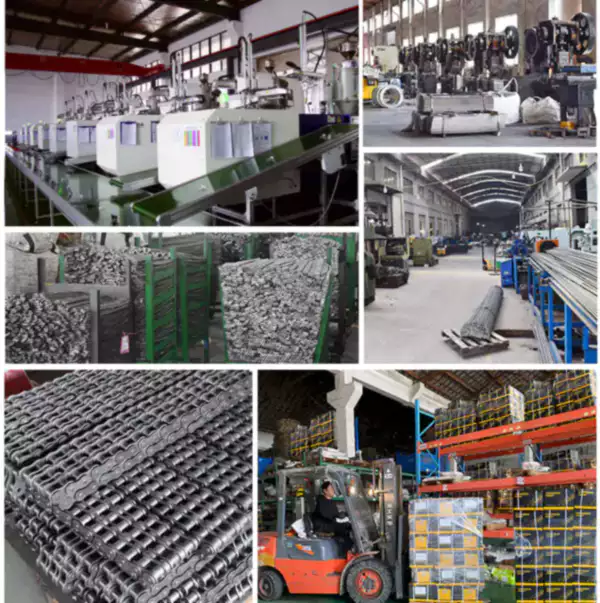Introduction
Gripper chains play a crucial role in various industries, especially in material handling systems. The proper tension of the gripper chain is essential to ensure smooth and efficient operation. In this article, we will explore the importance of optimizing gripper chain tension for different materials and provide valuable insights for achieving optimal performance.
Understanding Gripper Chain Tension
Before delving into the optimization process, it is essential to understand the concept of gripper chain tension. Gripper chain tension refers to the force applied to the chain to ensure proper engagement with the material being handled. The tension should be carefully adjusted to prevent slippage or excessive wear, which can lead to operational inefficiencies and potential equipment damage.

The Impact of Material Characteristics
Each material being handled has unique properties that influence the optimal tension required for the gripper chain. Let's explore the tension optimization techniques for different materials:
Tension Optimization for Metal Materials
Metal materials, such as steel or aluminum, require precise tension control to ensure secure gripping without causing deformation or surface damage. The following factors should be considered:
- Material hardness and strength
- Surface finish
- Weight distribution
- Friction coefficient

Tension Optimization for Plastic Materials
Plastic materials, including PVC, ABS, or nylon, have different characteristics compared to metals. To optimize tension for plastic materials, the following factors should be taken into account:
- Elasticity and flexibility
- Coefficient of thermal expansion
- Surface texture and roughness
- Moisture absorption

Gripper Chains Purchasing Guide
| Specification | Guidelines |
|---|---|
| Chain Type | Choose the appropriate chain type based on material handling requirements. |
| Tensile Strength | Determine the required tensile strength based on the materials being handled. |
| Chain Pitch | Select the chain pitch that matches the material handling system's specifications. |
| Attachments | Consider the need for attachments based on specific gripping requirements. |
Sprockets for Gripper Chains
Gripper chains and sprockets are inseparable components that work together to ensure reliable and efficient material handling. The selection of suitable sprockets is crucial for the optimal performance of gripper chains.

The sprockets for gripper chains are designed to match the chain pitch and tooth profile. They play a vital role in maintaining proper chain engagement and minimizing wear. Our company offers a wide range of sprockets that are compatible with our gripper chains, ensuring a perfect match for your material handling needs.
Our Advantages
Choosing us as your gripper chain manufacturer comes with several advantages:
- High-quality materials sourced from trusted suppliers
- Advanced manufacturing techniques for superior durability
- Customization options to meet specific requirements
- Strict quality control measures to ensure product reliability
- Competitive pricing and excellent customer service

Q&A
Q: How often should the gripper chain tension be checked?
A: The gripper chain tension should be regularly checked as part of routine maintenance. We recommend checking it at least once a month or whenever there are signs of performance issues.
Q: Can gripper chains be used for fragile materials?
A: Gripper chains can be used for fragile materials, but additional care should be taken during tension optimization. It is crucial to adjust the tension to the minimum required level to prevent damage.
Q: Are gripper chains suitable for high-speed material handling?
A: Yes, gripper chains are designed to handle high-speed material handling operations. However, proper tension optimization is essential to prevent slippage and ensure safe operation.
Edited by Zqq.
